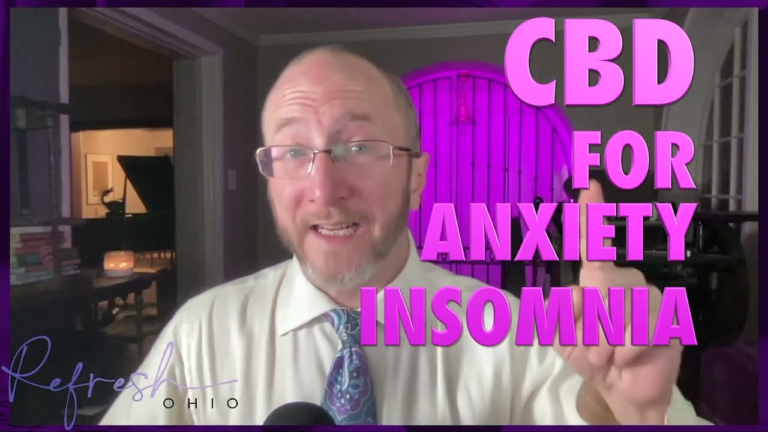Brazilian researchers analyzed more than 200 articles on the subject and identified the types...
anxiety
In this video, learn how to use CBD for Anxiety and CBD for Insomnia!<!--...
A new study by researchers at the University of Limerick in Ireland and at...
A new study at the University of Missouri’s Thompson Center for Autism and Neurodevelopment...
A long-term study by UC Davis Health researchers sheds new light on the relationship...





